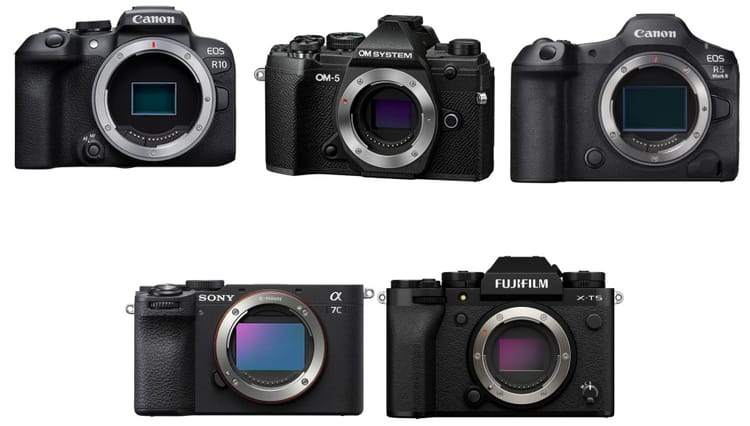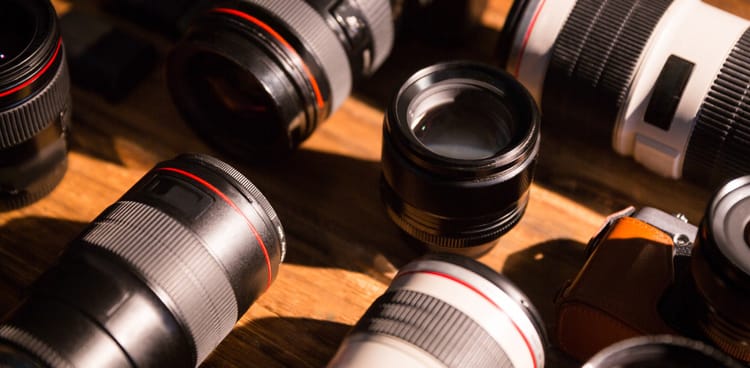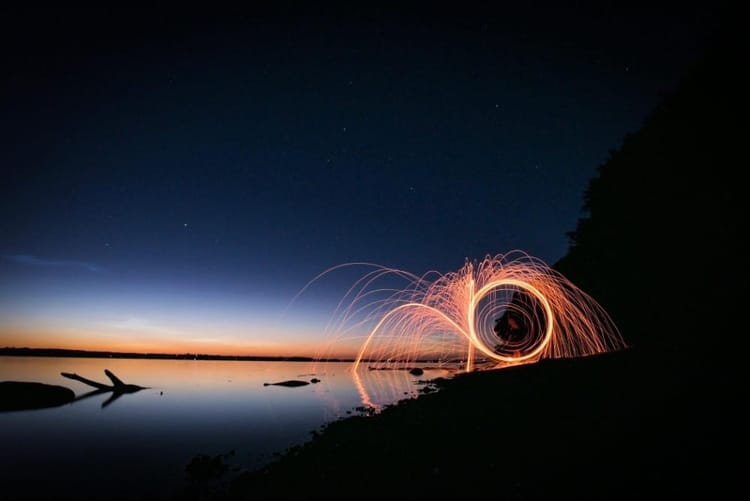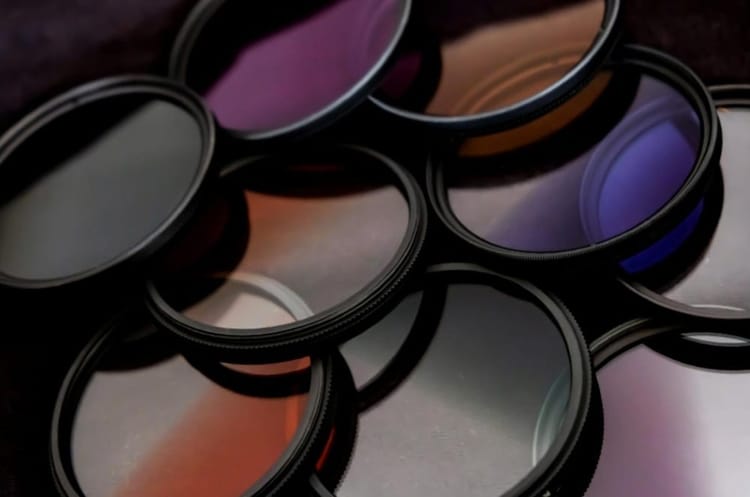Camera for Video Blogging
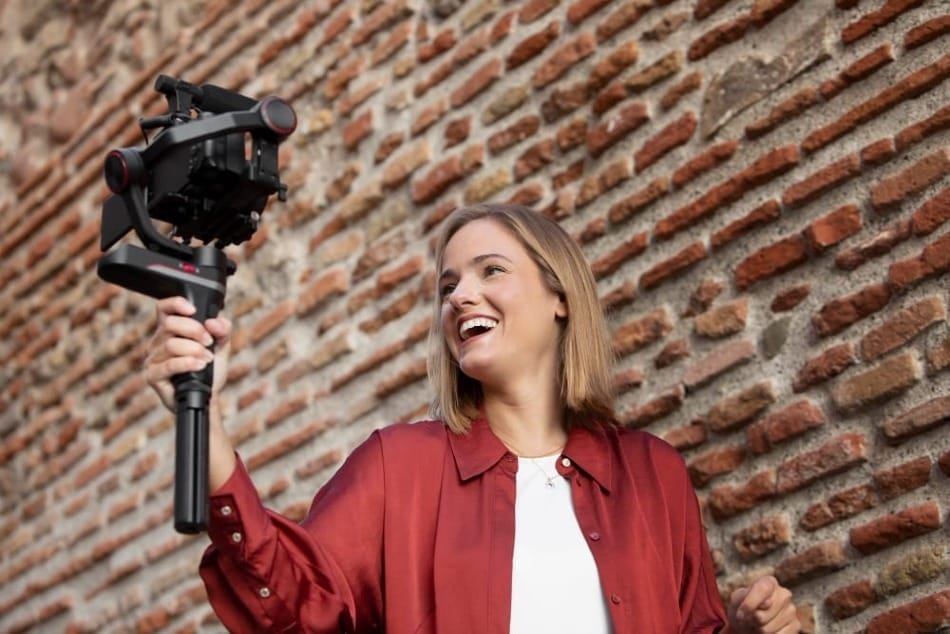
Video blogging puts you in front of your audience, making your content more personal and engaging. A good camera helps you create clear, professional-looking videos that keep viewers coming back for more.
Choosing the right camera can feel overwhelming with so many options available. The Canon EOS R10 stands out as a top choice for video blogging in 2025, offering excellent 4K video quality at up to 60 fps and user-friendly features at a reasonable price.
Your needs and budget will guide your camera choice. Many successful vloggers start with compact cameras like the Canon G7X Mark III, which offers 4K recording in a portable size. More advanced creators might prefer mirrorless cameras like the Sony A6400 for their superior image quality and lens options.
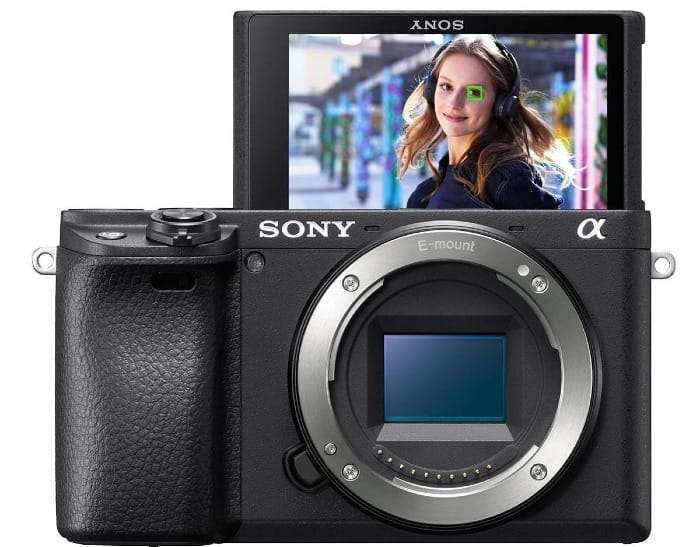
Understanding Vlogging Cameras
Vlogging cameras come in different types with specific features designed for creating video content. Each camera type offers unique benefits for different vlogging styles and settings.
Types of Cameras
Point-and-shoot cameras like the Sony ZV-1 offer an easy entry point for new vloggers. These compact cameras are portable and simple to use.
Mirrorless cameras give you more control and better image quality. They let you swap lenses for different shooting situations.
DSLR cameras provide excellent video quality and versatility. They work well for studio setups but can be bulky for on-the-go vlogging.
Action cameras are tiny, rugged, and perfect for adventure vlogging. They can handle water, drops, and extreme conditions.
Key Features for Video Blogging
Essential Features:
- Flip screen for self-recording
- Built-in image stabilization
- Good autofocus tracking
- Quality internal microphone
- 4K video capability
Important Specs:
- Sensor size (1-inch or larger preferred)
- Battery life (minimum 1 hour recording)
- Low-light performance
- Wi-Fi connectivity
Camera Terminology Explained
Sensor Size: Larger sensors capture more light and detail. Full-frame sensors offer the best quality, while 1-inch sensors balance quality and price.
Focal Length: Wide-angle lenses (24-35mm) work best for talking to the camera. Standard lenses (50mm) create natural-looking footage.
Aperture: Lower f-numbers (f/1.8-2.8) help blur backgrounds and improve low-light recording.
Frame Rates: 24fps gives a cinematic look. 60fps allows for smooth, slow motion.
Evaluating Image and Video Quality
Good image and video quality depends on several key technical aspects of a camera. Different features work together to create crisp, clear content for your blog.
Resolution and 4K Videos
4K video recording gives you sharp, detailed footage at 3840 x 2160 pixels. Most modern blogging cameras shoot 4K at 30 frames per second (fps).
Some cameras like the Canon EOS R10 can record 4K at 60 fps, which creates smoother motion in your videos. This is great for action scenes or fast movements.
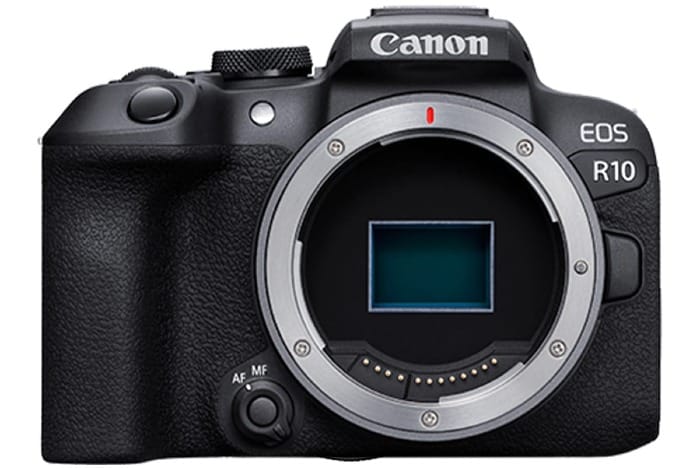
You'll want to check if the camera crops the video in 4K mode. A crop reduces the field of view and can make it harder to film yourself.
Low-Light Performance
A camera's low-light ability depends on its ISO range. Higher ISO numbers let you shoot in darker conditions but can add noise to your images.
Look for cameras that perform well between ISO 100-6400. Above this range, image quality often suffers too much.
Modern sensors handle low light better than ever. Features like dual native ISO help reduce noise in dark scenes.
Sensor Size and Image Quality
Larger sensors typically provide:
- Better image quality
- Cleaner low-light performance
- More background blur
APS-C sensors offer a good balance of quality and price for blogging. They're found in cameras like the Sony A6400.
Full-frame sensors give the best image quality but cost more. The Sony A7 III is popular among professional bloggers who need top-tier image quality.
Your lens choice also affects image quality. Sharp lenses with wide apertures (f/1.8 or wider) help capture better photos and videos.
Focusing on Autofocus
Modern cameras pack powerful autofocus systems that can make or break your vlogging videos. Getting sharp, properly focused footage is essential for creating professional-looking content.
Autofocus Systems in Vlogging
Your camera's autofocus system uses advanced tracking technology to keep subjects in focus. Most new mirrorless cameras offer face detection and eye tracking to maintain a sharp focus on people. These features work especially well when you're filming yourself.
Sony and Canon lead the pack with reliable autofocus performance in their latest models. Native lenses typically provide faster and more accurate focusing than third-party options.
Some key autofocus features to look for:
- Face/eye detection tracking
- Touchscreen focus control
- Subject tracking
- Customizable focus transition speeds
Importance of Accurate Autofocus
Poor focus can ruin otherwise great footage. When vlogging, you need your camera to maintain consistent focus as you move and talk to the camera.
Fast and accurate autofocus lets you concentrate on your content instead of manually focusing. This becomes crucial when:
- Moving around while filming
- Switching between different subjects
- Recording in varying light conditions
- Filming action sequences
Your autofocus settings should match your filming style. For static shots, slower focus transitions look more natural. For active scenes, faster response times help track moving subjects.
Test your camera's autofocus in different situations before filming important content. This helps you learn its strengths and limitations.
Sound and Stability for Vloggers
Clear audio and steady footage make your videos look professional. These two elements can make or break your vlogging success.
Microphones and Audio Quality
Built-in camera microphones often pick up unwanted noise and deliver poor sound quality. An external microphone is a smart investment for your vlogs.
Lavalier microphones clip to your shirt and capture clear voice audio while staying hidden from view. These small mics cost between $20-100.
Shotgun microphones mount on top of your camera and focus on sounds directly in front of them. They work great for both indoor and outdoor recording.
USB microphones connect straight to your camera or phone. Popular models like the Rode VideoMicro provide crisp audio without a complex setup.
Stabilization Options for Video Bloggers
Shaky footage can make viewers click away from your videos. You have several tools to keep your shots steady.
A basic tripod gives you stable shots for stationary recording. Look for lightweight models with flexible legs for different angles.
Gimbals use motors to keep your camera level while moving. The DJI RSC 2 and Zhiyun Crane series work well for most vlogging cameras.
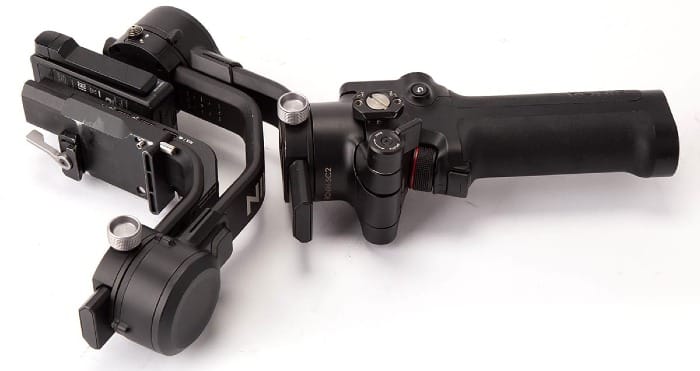
In-body stabilization (IBIS) helps if your camera includes this feature. It reduces shake without extra gear.
Digital stabilization in cameras and editing software can smooth out minor bumps. Don't rely on it alone - use it with other stabilization methods.
Top Picks for Vlogging Cameras
Modern vlogging cameras offer features like 4K recording, flip screens, and excellent autofocus systems to help you create high-quality content.
The Best Cameras for Professional Vloggers
The Sony ZV-E1 leads the pack with its full-frame sensor and pro-level video features. It captures stunning 4K footage and includes advanced background blur options.
The Fujifilm X-S20 stands out for its hybrid capabilities. You'll get excellent video quality and strong still photography features in one package.
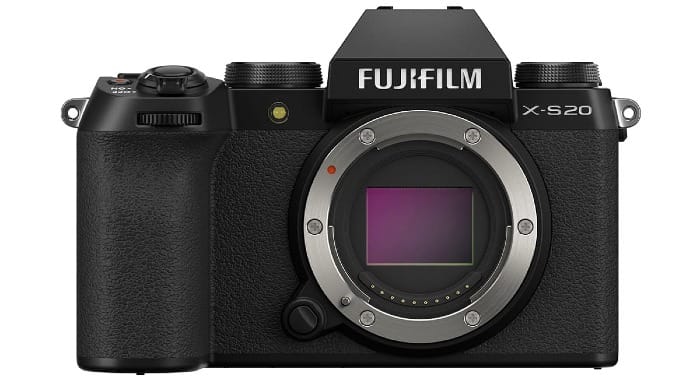
The Panasonic Lumix GH7 offers professional-grade video features:
- 4K/60p recording
- Advanced stabilization
- Professional audio inputs
- Weather-sealed body
Budget-Friendly Cameras for Beginners
The Canon PowerShot V10 provides great value for new vloggers. It's compact, easy to use, and records solid 4K video.
The Nikon Z30 brings mirrorless quality at a reasonable price point. You get:
- Flip screen for self-recording
- Good autofocus
- 4K/30p video
- Compact size
Sony's ZV-1 II packs advanced features in a pocket-sized body. Its automatic settings make it perfect for learning vloggers.
Travel and Lifestyle Vlogging Cameras
The DJI Osmo Pocket 3 fits in your pocket while delivering smooth, stabilized footage. Its compact size makes it ideal for on-the-go content creation.
Key features of travel vlogging cameras:
- Lightweight design
- Built-in stabilization
- Long battery life
- Weather resistance
Conclusion
A quality video vlogging camera is a crucial investment for creating professional content. Your needs and budget will guide your choice from the many excellent options available in 2025.
Entry-level mirrorless cameras like the Canon EOS R10 offer great value with 4K video capabilities and good image quality. For more advanced features, the Panasonic LUMIX GH5 II delivers exceptional performance.
Consider key features like flip screens, autofocus, and low-light performance when making your selection. These features will make a big difference in your daily content creation.
Remember to pick a camera that matches your specific blogging style. Food bloggers need excellent close-up capabilities, while travel bloggers benefit from compact, lightweight options.
Your camera choice will grow with your skills and content. Start with a camera that fits your current needs and budget, then upgrade as your blog expands.

